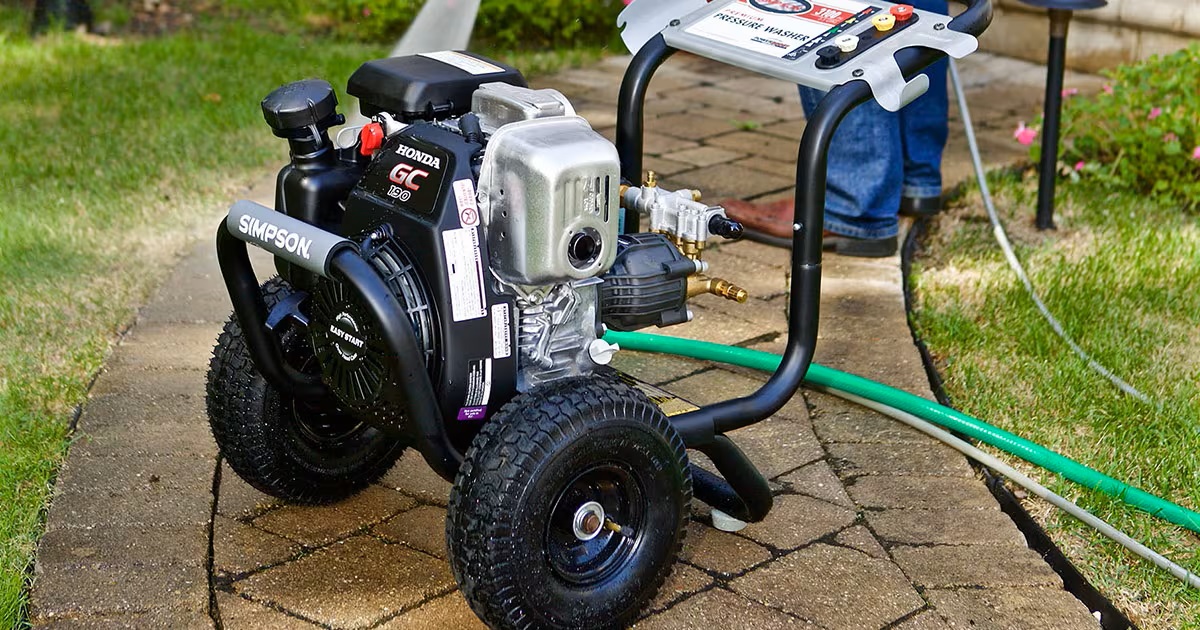

Articles
How To Start A Gas Power Washer
Modified: February 19, 2024
Learn valuable articles on how to start a gas power washer and get expert tips for efficient cleaning. Discover the best techniques and maintenance practices!
(Many of the links in this article redirect to a specific reviewed product. Your purchase of these products through affiliate links helps to generate commission for Storables.com, at no extra cost. Learn more)
Introduction
Welcome to the world of gas power washers! If you’re looking for a reliable and powerful tool to tackle tough cleaning tasks, a gas power washer might be just what you need. Whether you’re a homeowner looking to freshen up your outdoor spaces or a professional in need of heavy-duty cleaning equipment, gas power washers offer unmatched versatility and performance.
In this article, we will guide you through the process of starting and operating a gas power washer effectively and safely. From understanding the basics of gas power washers to choosing the right model for your needs, we’ll cover everything you need to know to get started on your cleaning projects.
Gas power washers are highly preferred for their mobility and power delivery. Unlike electric power washers, which require a power outlet, gas power washers can be used anywhere, making them the go-to choice for outdoor cleaning tasks. With their high-pressure water spray, gas power washers can quickly and effectively remove dirt, grime, mold, mildew, and other stubborn stains from various surfaces. From decks and driveways to cars and fences, the possibilities are endless.
However, before you unleash the power of a gas power washer, it’s important to understand how they work and take necessary safety precautions. Gas power washers operate with a combination of water pressure and fuel combustion, so it’s important to handle them with care and follow proper procedures to avoid any accidents.
In the next sections, we will delve deeper into the world of gas power washers by discussing the different types available, important safety precautions to follow, step-by-step instructions on setting up and starting your gas power washer, useful tips and techniques for effective cleaning, as well as maintenance and troubleshooting.
By the end of this article, you will have a comprehensive understanding of gas power washers and will be ready to take on any cleaning task with confidence. So, let’s get started and unlock the full potential of your gas power washer!
Key Takeaways:
- Gas power washers are versatile and powerful tools for tackling a wide range of cleaning tasks, offering unmatched mobility and high-pressure water spray to effectively remove dirt, grime, and stubborn stains from various surfaces.
- Prioritizing safety, choosing the right model, regular cleaning and maintenance, and troubleshooting common issues are essential for successfully starting and operating a gas power washer, ensuring clean and sparkling results for all cleaning projects.
Read also: 14 Superior Gas Power Washer For 2024
Understanding Gas Power Washers
Gas power washers are mechanical devices that use a gas-powered engine to generate high-pressure water spray for cleaning purposes. They are designed to tackle a wide range of cleaning tasks, from simple household chores to heavy-duty industrial cleaning applications.
The heart of a gas power washer is the engine, which can be powered by gasoline or diesel fuel. This engine drives a pump that pressurizes the water, creating the powerful spray that effectively removes dirt, grime, and other debris. Gas power washers are known for their high water pressure output, typically ranging from 2000 PSI (pounds per square inch) to over 4000 PSI, making them perfect for blasting away even the toughest stains.
Gas power washers are available in a variety of models, each with its own set of features and capabilities. The most common types include residential, commercial, and industrial-grade gas power washers. Residential gas power washers are designed for occasional use and are suitable for cleaning small to medium-sized areas, such as decks, patios, and cars. Commercial and industrial-grade gas power washers, on the other hand, are built to withstand heavy daily use and are capable of tackling larger and more demanding cleaning tasks, such as cleaning large outdoor surfaces, removing graffiti, and preparing surfaces for painting.
One of the key advantages of gas power washers is their mobility. Unlike electric power washers, which are limited by the length of their power cords, gas power washers can be used anywhere as long as there is a sufficient supply of fuel. This makes them ideal for outdoor cleaning tasks, such as cleaning driveways, fences, and siding.
When choosing a gas power washer, it’s important to consider factors such as water pressure, flow rate, engine power, and durability. Higher PSI and flow rate indicate greater cleaning power, while a more powerful engine will handle tough cleaning jobs more efficiently. Additionally, look for models that offer sturdy construction, quality components, and a reliable warranty to ensure long-term durability and performance.
Before using a gas power washer, it’s crucial to familiarize yourself with its features, controls, and safety precautions outlined in the manufacturer’s manual. These safety precautions typically include wearing appropriate personal protective equipment, such as safety goggles and gloves, and maintaining a safe distance from the spray nozzle to prevent injury.
In the next sections, we will delve deeper into choosing the right gas power washer for your needs and go over essential safety precautions that must be followed to ensure a safe and successful cleaning experience.
Choosing the Right Gas Power Washer
When it comes to choosing a gas power washer, it’s important to consider your specific cleaning needs and requirements to ensure you select the right model for the job. Here are a few key factors to consider:
- Pressure and Flow Rate: The pressure and flow rate are two crucial specifications to look for when choosing a gas power washer. Pressure is measured in pounds per square inch (PSI) and determines the force of the water spray. A higher PSI means greater cleaning power. Flow rate, measured in gallons per minute (GPM), indicates the volume of water delivered by the power washer. Higher flow rates are generally better for more extensive cleaning tasks.
- Usage: Consider how often and for what purposes you will be using the gas power washer. If you only need occasional light cleaning for smaller areas, a residential-grade power washer with lower pressure and flow rate may suffice. For more frequent and demanding cleaning tasks or larger areas, a commercial-grade power washer with higher pressure and flow rate would be more appropriate.
- Durability: Look for gas power washers with sturdy construction and durable components. Consider factors such as the engine quality, pump quality, and overall build. Investing in a high-quality power washer will ensure longevity and reliable performance over time.
- Portability: If you anticipate moving the power washer frequently or need to access hard-to-reach areas, consider the weight and mobility of the unit. Look for power washers with built-in wheels or handles to make transportation easier.
- Accessories and Features: Many gas power washers come with accessories and features that can enhance your cleaning experience. These may include adjustable pressure settings, different nozzle attachments for various surfaces and cleaning tasks, detergent tanks, and hose reels. Consider which features are important for your specific needs.
- Budget: Determine your budget range for a gas power washer and prioritize the features and specifications that are most important to you. While it’s important to stay within your budget, keep in mind that investing in a higher-quality power washer may save you money in the long run through improved performance and durability.
It’s also a good idea to read customer reviews and compare different models and brands to get a better understanding of their performance, reliability, and customer satisfaction. Additionally, check for warranty coverage and customer support options provided by the manufacturer to ensure peace of mind after purchase.
By taking the time to evaluate your cleaning needs and considering these factors, you can confidently select the right gas power washer that will deliver optimal performance and meet your expectations. In the next section, we will discuss the essential safety precautions to follow when using a gas power washer.
Safety Precautions
While gas power washers are valuable tools for cleaning various surfaces, it’s crucial to prioritize safety when operating them. Follow these important safety precautions to ensure a safe and incident-free cleaning experience:
- Read the Manual: Before using a gas power washer, carefully read the manufacturer’s manual and familiarize yourself with all the instructions, warnings, and safety guidelines. Pay close attention to the specific safety precautions provided by the manufacturer as they may vary depending on the model.
- Protective Gear: Always wear appropriate personal protective equipment (PPE) when using a gas power washer. This includes safety goggles to protect your eyes from flying debris, gloves to safeguard your hands, and sturdy, non-slip shoes to prevent accidents on wet surfaces.
- Stay Grounded: Stand on a dry surface and ensure that the power washer is grounded properly. Avoid working on wet ground or in wet conditions to reduce the risk of electric shock.
- Proper Ventilation: Gas power washers emit exhaust fumes, so it’s important to operate them in a well-ventilated area. Avoid using the machine indoors or in enclosed spaces to prevent the buildup of toxic fumes.
- Safe Distance: Maintain a safe distance between yourself and the power washer when it is in operation. The high-pressure spray can cause injury if it comes into contact with the body. Use extension wands or spray attachments to reach higher surfaces instead of standing on unstable platforms.
- Handle Fuel Safely: Handle fuel for the power washer with care. Refuel the machine in a well-ventilated area, away from open flames or sparks. Allow the engine to cool down before refueling, avoiding spillage or overfilling the tank.
- Secure Hoses and Cords: Ensure that the hoses and power cords are secured and out of the way to prevent tripping hazards. Regularly inspect hoses and cords for any damage or wear and replace them as necessary.
- Power Washer Operation: Follow the correct starting procedures as outlined in the manual. Do not leave the power washer unattended while it is running and never aim the spray at people, animals, or fragile objects. Be mindful of your surroundings and avoid using the power washer near electrical outlets or wires.
- Cleaning and Maintenance: After each use, properly clean and store the power washer. Regularly inspect and replace worn or damaged parts, such as nozzles or seals, to ensure safe and optimal performance. Keep the machine in a dry and safe location when not in use.
- Emergency Preparedness: Familiarize yourself with emergency procedures, such as shutting off the fuel supply or water source, in case of any accidents or malfunctions. Keep a fire extinguisher nearby and have a first aid kit readily available.
Adhering to these safety precautions will help minimize the risk of accidents and ensure a safe and enjoyable experience with your gas power washer. In the next section, we will guide you through the process of setting up your gas power washer for use.
Setting Up Your Gas Power Washer
Properly setting up your gas power washer is essential for its optimal performance and safe operation. Follow these steps to ensure a successful setup:
- Select a Suitable Location: Choose a well-ventilated outdoor area for setting up your gas power washer. Ensure that the ground is stable, level, and free from obstacles that may interfere with the operation of the machine.
- Inspect the Power Washer: Before starting the setup process, carefully inspect the power washer for any signs of damage or wear. Check all hoses, connections, and fittings to ensure they are in good condition. If you notice any issues, address them before using the machine.
- Connect the Water Supply: Connect a garden hose to the water inlet of the power washer. Ensure that the hose is securely attached and free from any kinks or bends that might restrict the water flow.
- Attach the Spray Wand and Nozzle: Attach the spray wand to the outlet of the power washer. Make sure it is properly secured. Then, choose the appropriate nozzle for your cleaning task and attach it to the end of the spray wand. Different nozzles provide different spray patterns, such as pinpoint jet, wide spray, or detergent application.
- Connect the Fuel Source: If your gas power washer requires manual fueling, carefully add the recommended type and amount of gasoline or diesel fuel to the fuel tank. Be cautious not to overfill the tank as it can cause fuel leakage.
- Check Oil Levels: Some gas power washers may have an oil reservoir that needs to be filled before use. Refer to the manufacturer’s instructions to determine the appropriate type and amount of oil. Check the oil levels and add oil if necessary.
- Check Other Fluid Levels: Depending on the model, there may be other fluid reservoirs such as for detergent or pump lubrication. Ensure that these fluid levels are also checked and filled as recommended.
- Secure All Connections: Double-check all connections to ensure they are tight and secure. Loose or leaky connections can cause inefficiencies or safety hazards during operation.
- Prepare for Startup: Ensure that the power washer is in a stable position and that the spray wand is pointed away from yourself and others. Check that the trigger is not engaged and that the machine is in the off position before starting it up.
Once you have completed these steps, you are ready to start your gas power washer. In the next section, we will guide you through the proper steps to start up your gas power washer successfully.
Before starting a gas power washer, always check the oil and fuel levels, and ensure the water supply is connected. Also, inspect the spray wand and nozzle for any blockages or damage.
Read more: How To Start A Gas Grill
Starting Your Gas Power Washer
Starting a gas power washer requires a few simple steps to ensure a smooth and successful operation. Follow these guidelines to start your gas power washer efficiently:
- Ensure Proper Ventilation: Before starting the gas power washer, make sure you are in a well-ventilated outdoor area to prevent the buildup of exhaust fumes. Avoid operating the machine in enclosed or poorly ventilated spaces.
- Check Fuel Levels: Verify that there is sufficient fuel in the tank to power the gas power washer. If needed, add fuel according to the manufacturer’s recommendations, being careful not to overfill.
- Check Oil Levels: Some gas power washers have an oil reservoir. Check the oil levels and add oil if necessary, following the manufacturer’s instructions for the correct oil type and amount.
- Choke and Throttle: Before starting the engine, adjust the choke and throttle settings. Refer to the manufacturer’s manual for the specific settings required for your model. Typically, the choke should be on when starting a cold engine and off when the engine has warmed up.
- Prime the System: Most gas power washers have a priming bulb or valve that helps draw fuel into the carburetor. Press the priming bulb several times, or follow the manufacturer’s instructions for priming the system.
- Ignition: Locate the ignition switch or pull-start mechanism, depending on your gas power washer model. Follow the manufacturer’s instructions on how to start the engine. Typically, it involves either turning the ignition switch to the “on” position or giving a firm pull to the starter cord.
- Allow Engine Warm-Up: Once the engine has started, let it run for a few minutes to warm up. This allows the machine to reach its optimal operating temperature.
- Release Trigger Lock: Some gas power washers come with a trigger lock to prevent accidental engagement of the spray gun. Ensure that the trigger lock is disengaged before using the gas power washer.
- Operate at Proper RPM: Adjust the throttle to the appropriate RPM range for the desired cleaning pressure. Refer to the manufacturer’s instructions for recommended RPM settings based on the specific cleaning task.
- Test the Spray: Point the spray wand away from yourself and others and squeeze the trigger to test the water spray. Start with low pressure and gradually increase it if needed for the cleaning task at hand.
Always refer to the manufacturer’s manual for your specific gas power washer model to ensure you follow the correct starting procedures. Once your gas power washer is running smoothly, you’re ready to tackle your cleaning projects. In the next section, we will explore some operating tips and techniques to help you get maximum performance out of your gas power washer.
Operating Tips and Techniques
Operating a gas power washer efficiently requires proper techniques and a few helpful tips. Follow these suggestions to get the best performance out of your gas power washer:
- Maintain the Proper Distance: Maintain a consistent and appropriate distance between the spray nozzle and the surface you are cleaning. Too close and you risk damaging the surface. Too far and the cleaning efficiency may decrease. Refer to the manufacturer’s guidelines for the recommended distance.
- Vary Spray Patterns: Most gas power washers come with interchangeable nozzles that allow you to adjust the spray pattern. Experiment with different nozzle settings to find the best pattern for the specific surface and cleaning task at hand. A pinpoint jet may work well for stubborn stains, while a wider spray pattern may be more effective for larger areas.
- Pre-Soak Tough Stains: For particularly stubborn stains, consider pre-soaking the surface with a suitable cleaning solution before using the power washer. Allow the cleaning agent to sit for a few minutes to help break down the dirt or grime, making it easier to remove during the power washing process.
- Work in Sections: When cleaning larger areas, work in sections to ensure thorough and even cleaning. This will help you maintain control and focus on one specific area at a time, ensuring that no spots are missed.
- Overlap Your Movements: To avoid streaks or missed spots, overlap each pass of the spray wand slightly with the previous one. This will ensure uniform cleaning coverage and consistent results.
- Use Proper Technique: Use smooth and controlled movements when operating the gas power washer. Avoid sudden or jerky motions to maintain control and reduce the risk of damage to the surface being cleaned.
- Start With Low Pressure: When starting a cleaning task, begin with a lower-pressure setting and gradually increase as needed. This allows you to gauge the impact of the spray on the surface and avoid causing any damage.
- Clean from Top to Bottom: When cleaning vertical surfaces, such as walls or siding, start from the top and work your way down. This ensures that any runoff is directed downward and prevents streaking caused by dripping water or cleaning solution.
- Use Detergents Appropriately: If your gas power washer has a detergent tank or attachment, use it in accordance with the manufacturer’s instructions. Different surfaces and cleaning tasks may require specific detergents or cleaning agents. Follow the recommended dilution ratios to avoid damage to the power washer or the surface being cleaned.
- Take Breaks and Allow Cooling: Gas power washers can heat up with prolonged use. If you’re working on a demanding cleaning task, take breaks periodically to allow the power washer to cool down. This will help prevent overheating and ensure optimal performance.
By following these operating tips and techniques, you can optimize the cleaning power of your gas power washer and achieve outstanding results. In the next section, we will discuss the importance of cleaning and maintaining your gas power washer to ensure its longevity and reliable performance.
Cleaning and Maintenance
Cleaning and maintaining your gas power washer on a regular basis is essential for ensuring its optimal performance, longevity, and reliability. Follow these important steps to keep your gas power washer in top shape:
- After Each Use: After each use, thoroughly clean the power washer to remove any dirt, debris, or residue. Disconnect the water supply and squeeze the trigger to release any remaining pressure in the system.
- Inspect Hoses and Connections: Regularly inspect the hoses, fittings, and connections for any signs of wear, damage, or leaks. Replace any worn or damaged components to prevent water leakage and maintain proper water flow.
- Clean the Spray Nozzle: Use a nozzle cleaning tool or a small pin to remove any clogs or debris from the spray nozzle. Ensuring a clear and unobstructed spray nozzle will improve the efficiency of your gas power washer.
- Drain Fuel and Oil: If you anticipate storing the gas power washer for an extended period of time, it’s recommended to drain any remaining fuel and oil from the machine. This prevents fuel degradation and oil contamination, which can affect its performance when starting it up again.
- Check and Change Oil: Regularly check the oil levels in your gas power washer and change the oil as recommended by the manufacturer. Clean oil ensures smooth engine operation and prolongs the lifespan of your machine.
- Inspect and Clean Air Filters: Periodically check the air filters for dirt and debris accumulation. Clean or replace the filters as instructed in the manufacturer’s manual. Clogged filters can affect engine performance and fuel consumption.
- Store in a Dry and Safe Location: When not in use, store your gas power washer in a dry and secure place to protect it from the elements. Ensure it is positioned upright to prevent fuel leakage and potential damage to the machine.
- Follow Maintenance Schedule: Refer to the manufacturer’s maintenance schedule provided in the manual and follow it diligently. This includes routine maintenance tasks such as spark plug inspection and replacement, pump maintenance, and fuel system cleaning.
Regularly cleaning and maintaining your gas power washer will not only prolong its lifespan but also ensure that it operates at its highest efficiency when you need it. If you encounter any performance issues or are unsure about the maintenance tasks, consult the manufacturer’s manual or seek professional assistance.
In the next section, we will delve into common troubleshooting tips to help you address any issues you may encounter with your gas power washer.
Troubleshooting Common Issues
While gas power washers are reliable machines, occasionally you may encounter some common issues. Here are some troubleshooting tips to help you address these problems:
- Engine Doesn’t Start: If the engine fails to start, check if the fuel tank is filled with the correct fuel and that the fuel valve is open. Ensure the spark plug is clean and in good condition. If the engine still doesn’t start, consult the manufacturer’s manual for further troubleshooting steps.
- Low Pressure: If you notice a significant drop in water pressure, first check if the water supply is adequate and the hose is not kinked or blocked. Inspect the spray nozzle for any clogs or debris that may be affecting the water flow. Clean or replace the nozzle as necessary.
- Poor Cleaning Performance: If your gas power washer isn’t delivering the expected cleaning performance, double-check that you are using the appropriate nozzle for the task at hand. Ensure the nozzle is properly attached and that you are maintaining the correct distance from the surface being cleaned.
- Water Leaks: If you spot water leaks from the power washer, inspect the hoses, fittings, and connections for any damage or loose connections. Tighten or replace any faulty components to prevent further leakage.
- Excessive Vibrations: Excessive vibrations during operation may indicate an unbalanced load or loose components. Ensure that the power washer is on a stable surface and that all hoses, fittings, and fasteners are securely tightened.
- Unusual Noises: If you hear unusual or loud noises coming from the gas power washer, immediately turn it off and inspect the machine for any loose or damaged parts. Consult the manufacturer’s manual or a professional technician to further diagnose and repair the issue.
- Overheating: If your gas power washer becomes excessively hot during use, it may be experiencing overheating. Allow the machine to cool down before continuing to use it. Check for proper airflow around the engine and ensure the cooling fins are clean and not blocked by debris.
- Inadequate Detergent Intake: If the detergent injector is not drawing detergent, check that the detergent supply is connected and not clogged. Ensure the detergent tube is properly attached to the injector and the detergent nozzle is clean and free from obstructions.
- Electrical Issues: If your gas power washer uses electric components, such as an ignition switch or starter, and you are experiencing electrical problems, check the wiring connections and fuses. Ensure all electrical connections are secure and undamaged.
If you are unable to troubleshoot or resolve any issues with your gas power washer, consult the manufacturer’s manual or contact a qualified professional for assistance. Regular maintenance and prompt troubleshooting will help keep your gas power washer in optimal condition for years of reliable use.
Now that you are equipped with troubleshooting knowledge, you can confidently tackle any issues that may arise with your gas power washer. In the final section, we will summarize the key points covered in this article.
Conclusion
Gas power washers are versatile and powerful tools for tackling a wide range of cleaning tasks. Understanding how to properly operate and maintain your gas power washer is essential for achieving optimal performance and ensuring its longevity. In this article, we have covered the important aspects of gas power washers, from understanding their functionality to choosing the right model, taking safety precautions, setting up the machine, and troubleshooting common issues.
By following the guidelines provided, you can confidently and safely use your gas power washer to effectively remove dirt, grime, and other stubborn stains from various surfaces. Remember to prioritize safety by wearing the appropriate personal protective equipment and taking necessary precautions during operation.
Choosing the right gas power washer for your needs involves considering factors such as pressure, flow rate, durability, and portability. Conduct thorough research, read customer reviews, and compare different models to make an informed decision.
Regular cleaning and maintenance of your gas power washer are key to its optimal performance and longevity. This includes inspecting hoses and connections, cleaning the spray nozzle, checking fluid levels, and storing the machine appropriately.
If you encounter any issues with your gas power washer, refer to the troubleshooting tips provided in this article. However, if you are unable to resolve the problem, consult the manufacturer’s manual or seek professional assistance.
With the knowledge gained from this article, you are well-equipped to start and operate your gas power washer successfully, ensuring clean and sparkling results for all your cleaning projects.
Remember, always prioritize safety, follow the manufacturer’s instructions, and enjoy the convenience, power, and efficiency that a gas power washer brings to your cleaning endeavors.
Frequently Asked Questions about How To Start A Gas Power Washer
Was this page helpful?
At Storables.com, we guarantee accurate and reliable information. Our content, validated by Expert Board Contributors, is crafted following stringent Editorial Policies. We're committed to providing you with well-researched, expert-backed insights for all your informational needs.
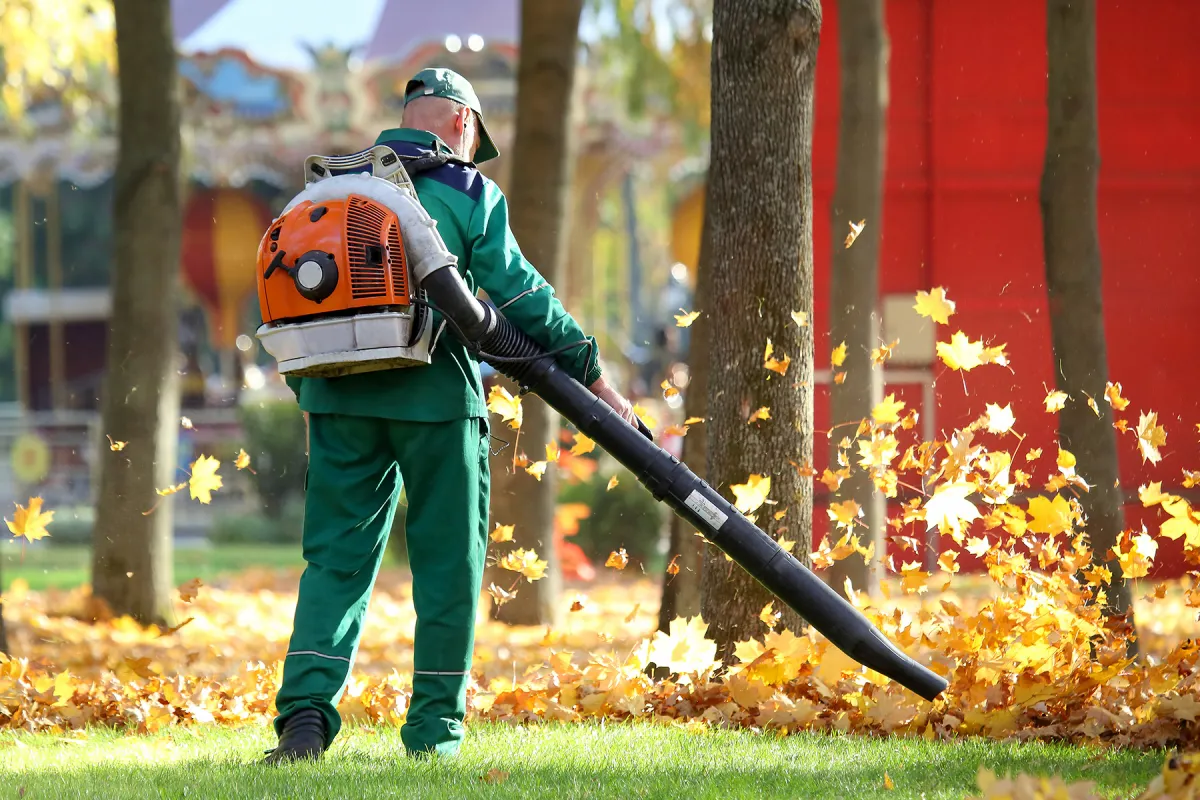
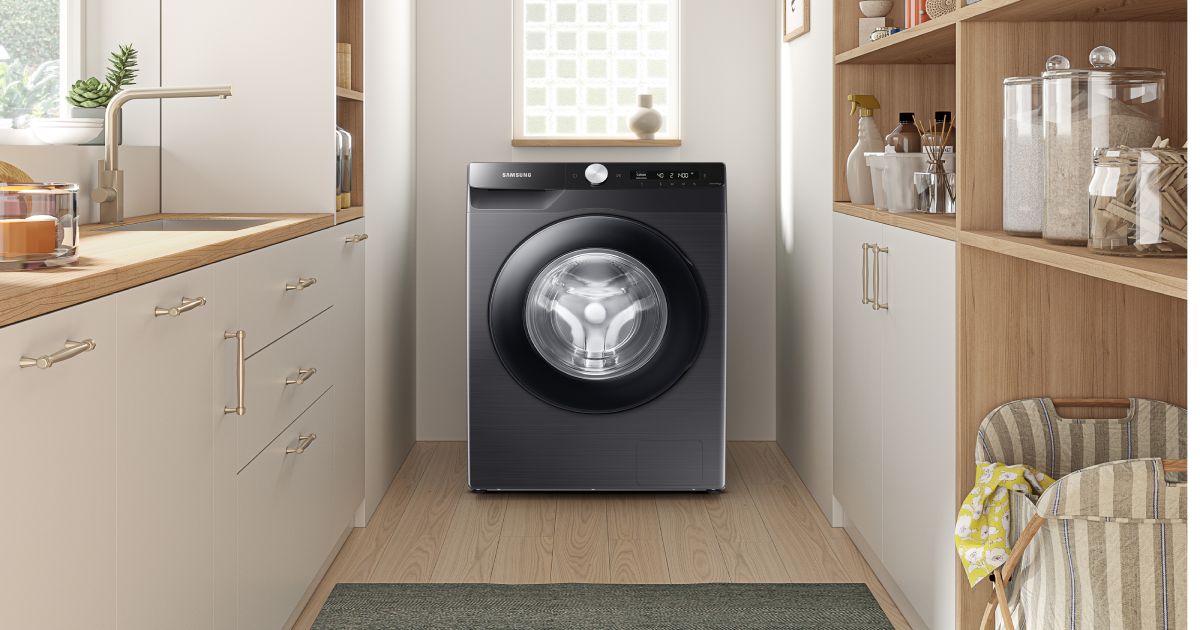
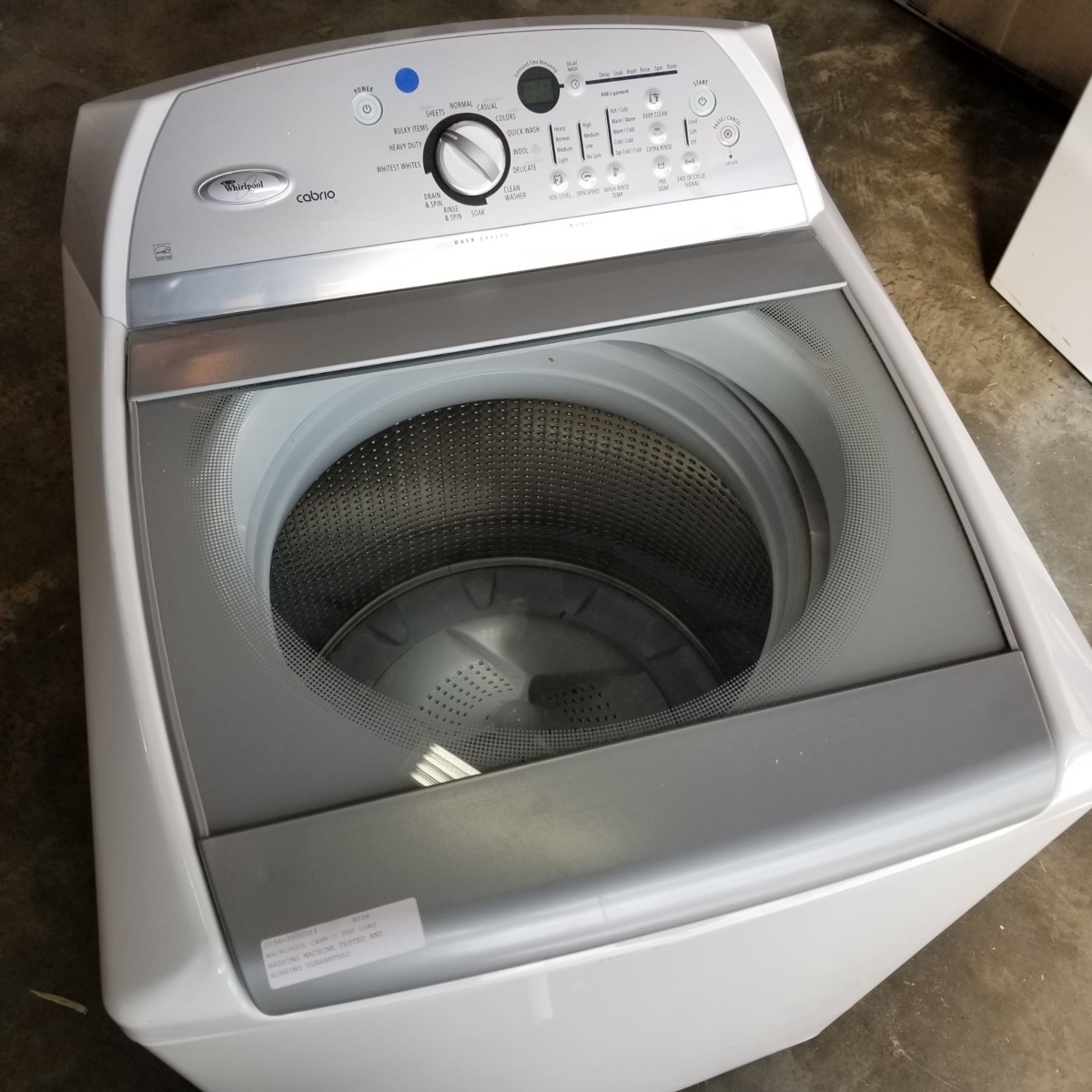
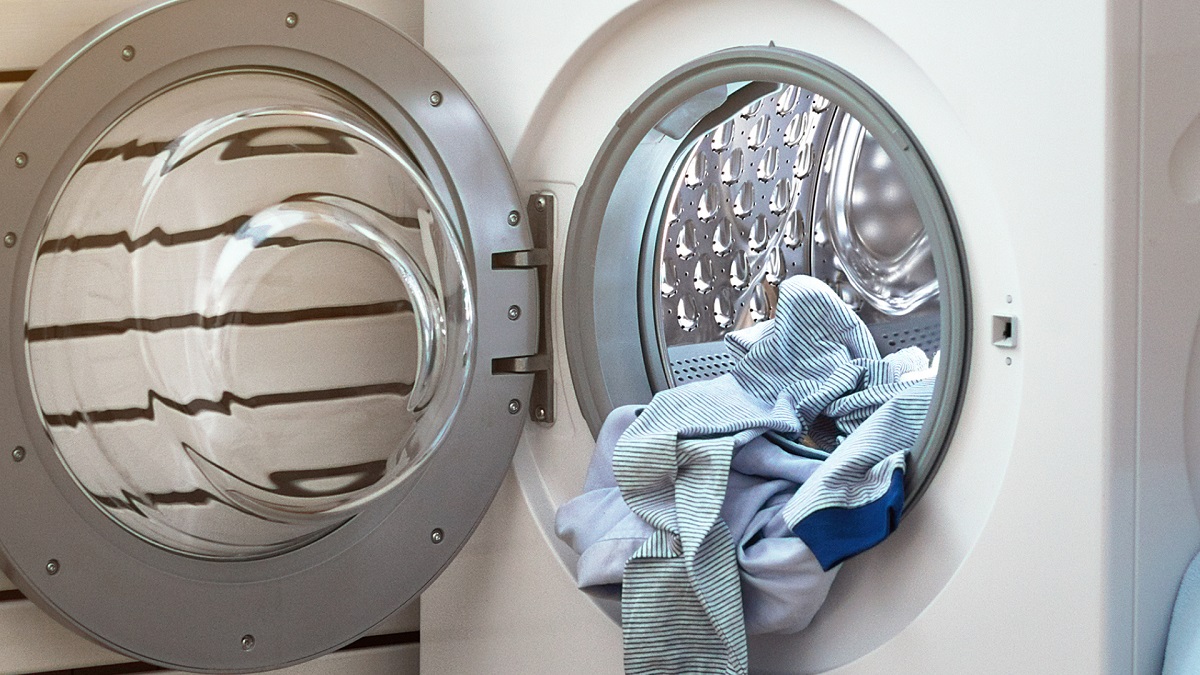
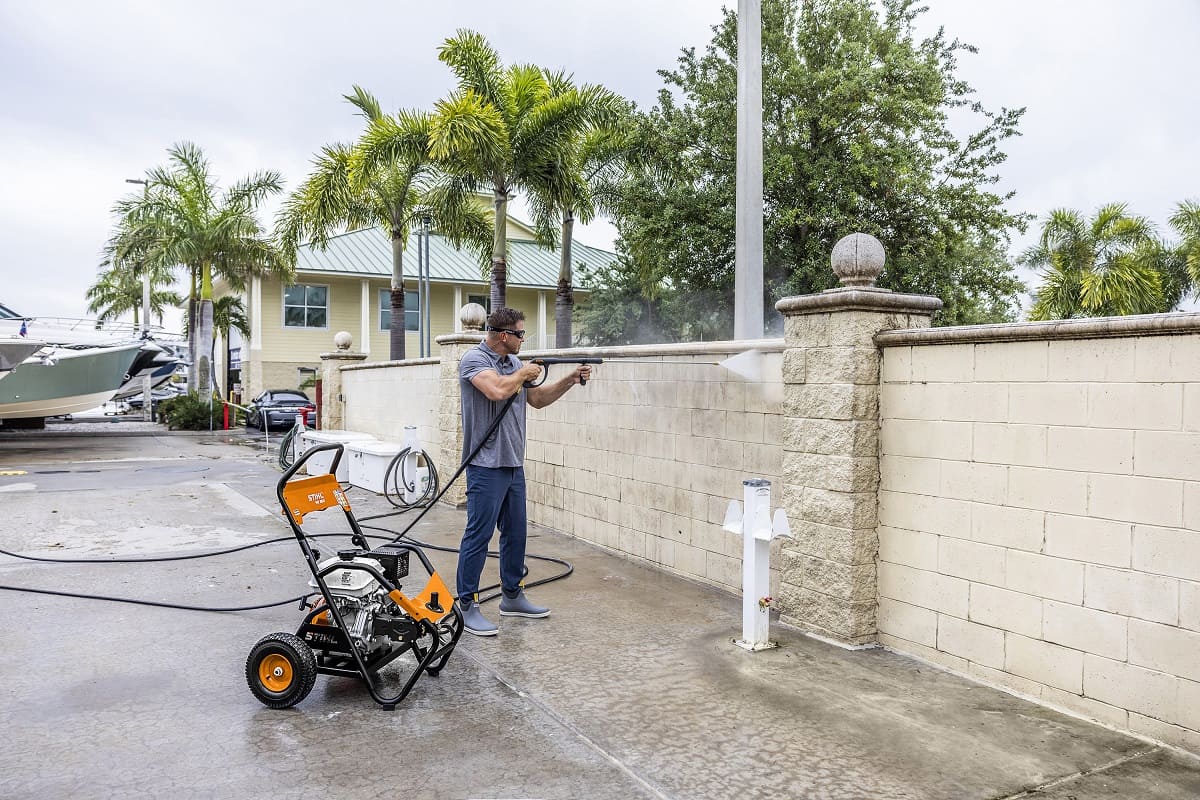


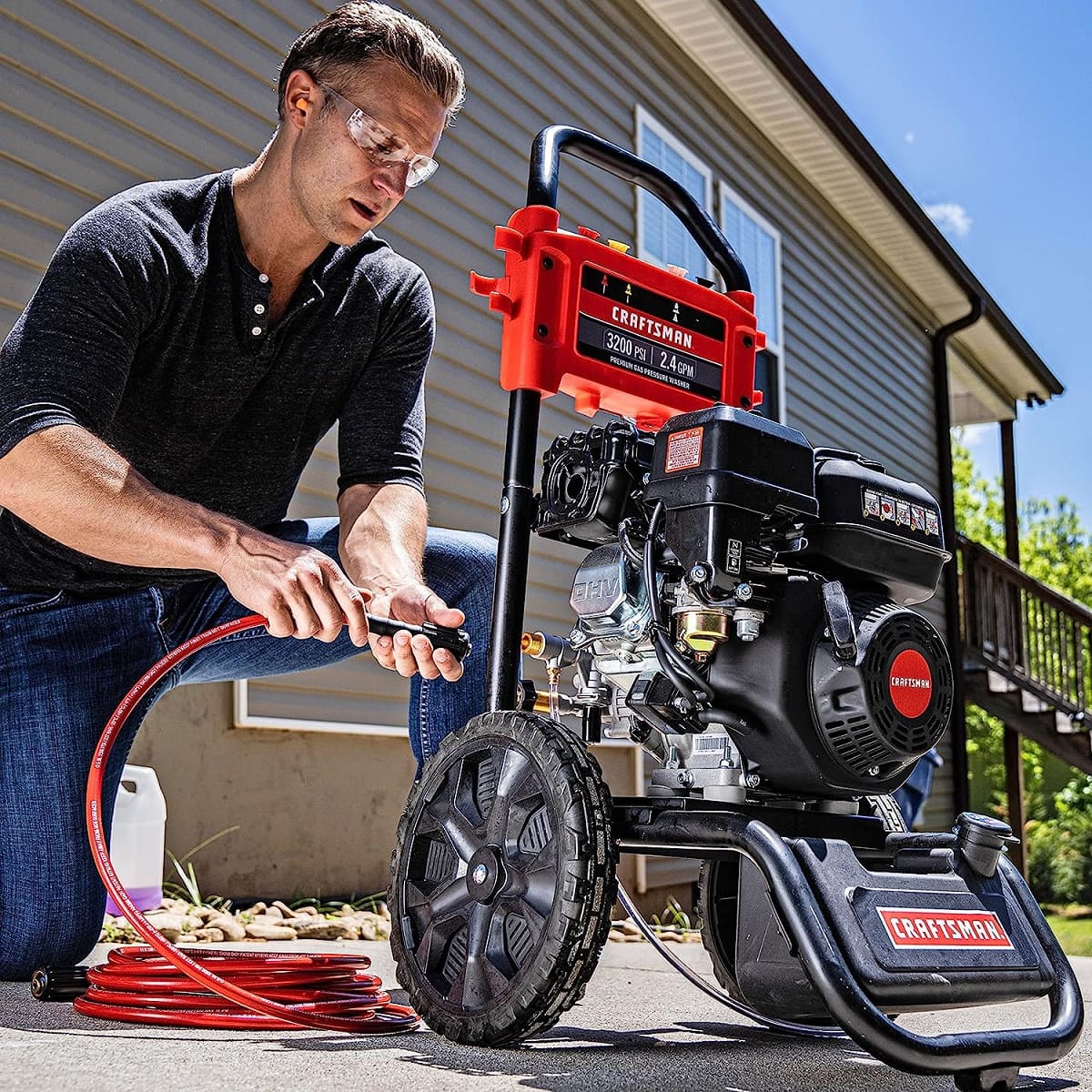
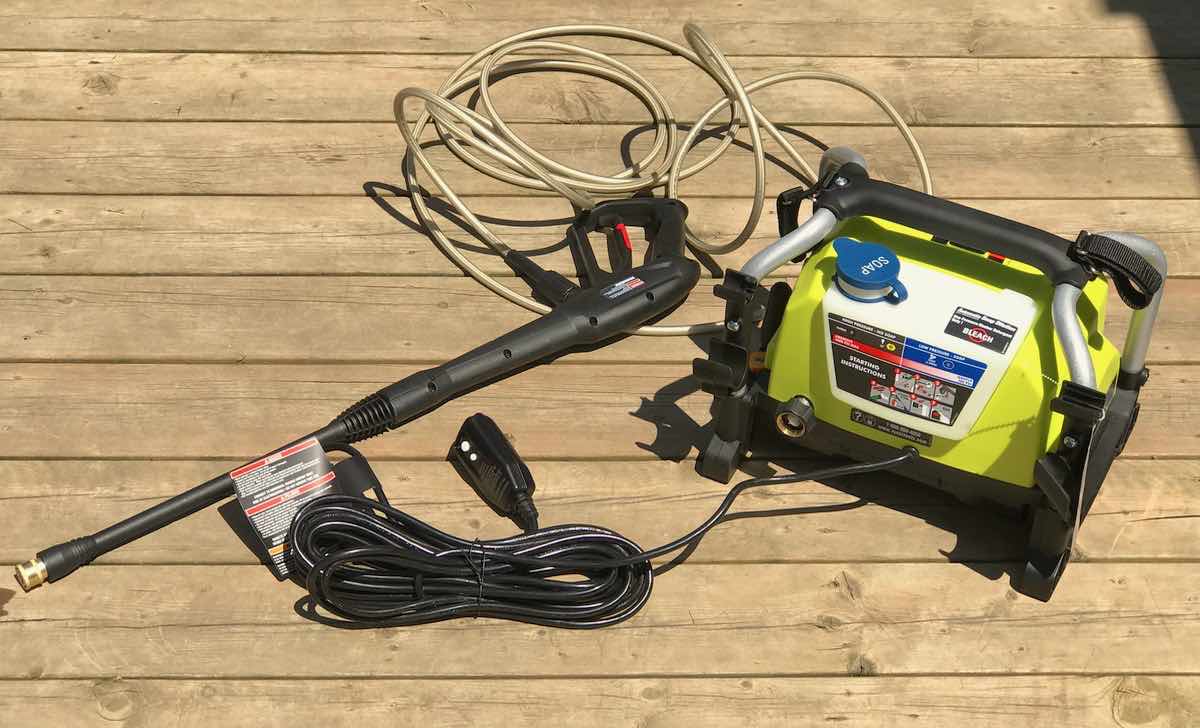
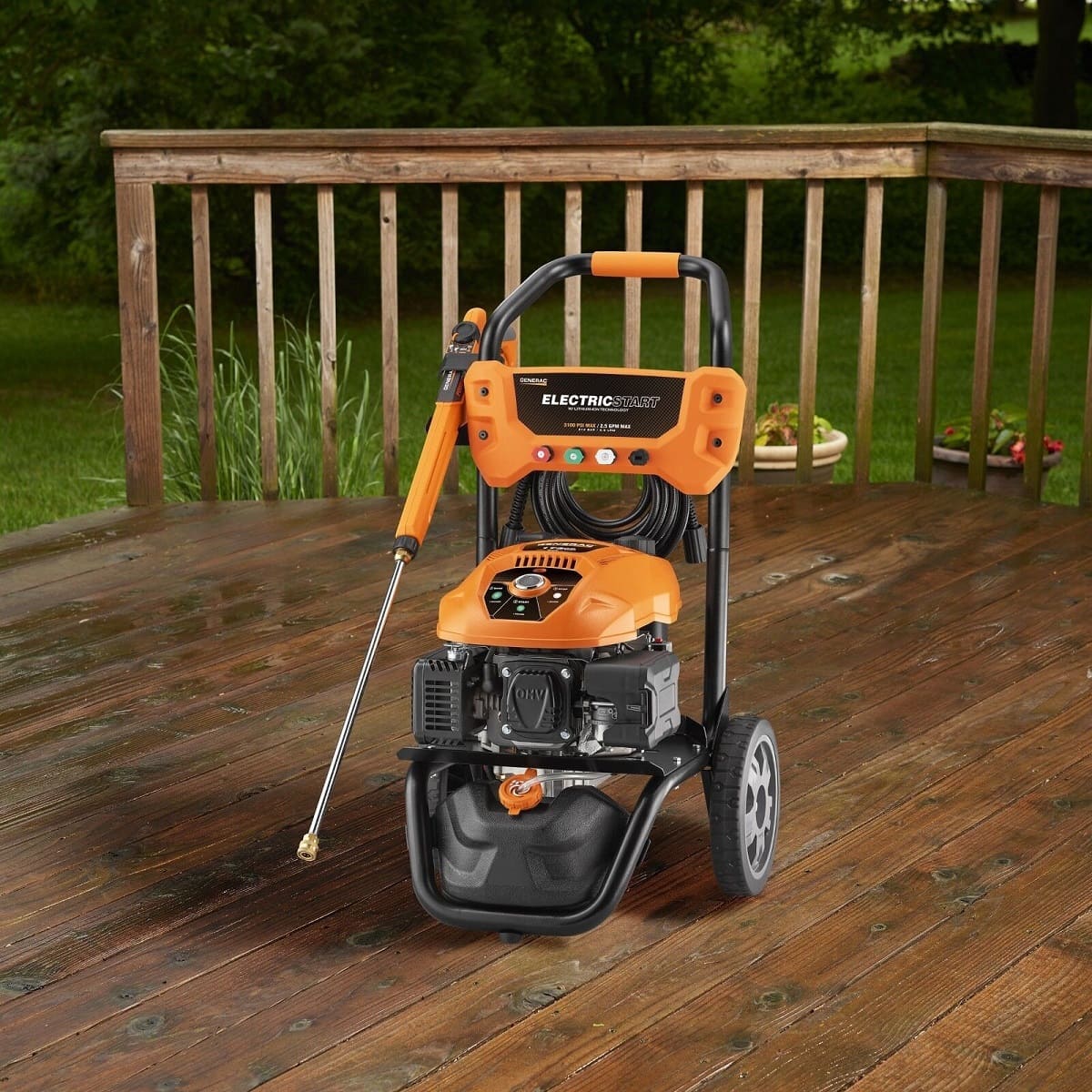
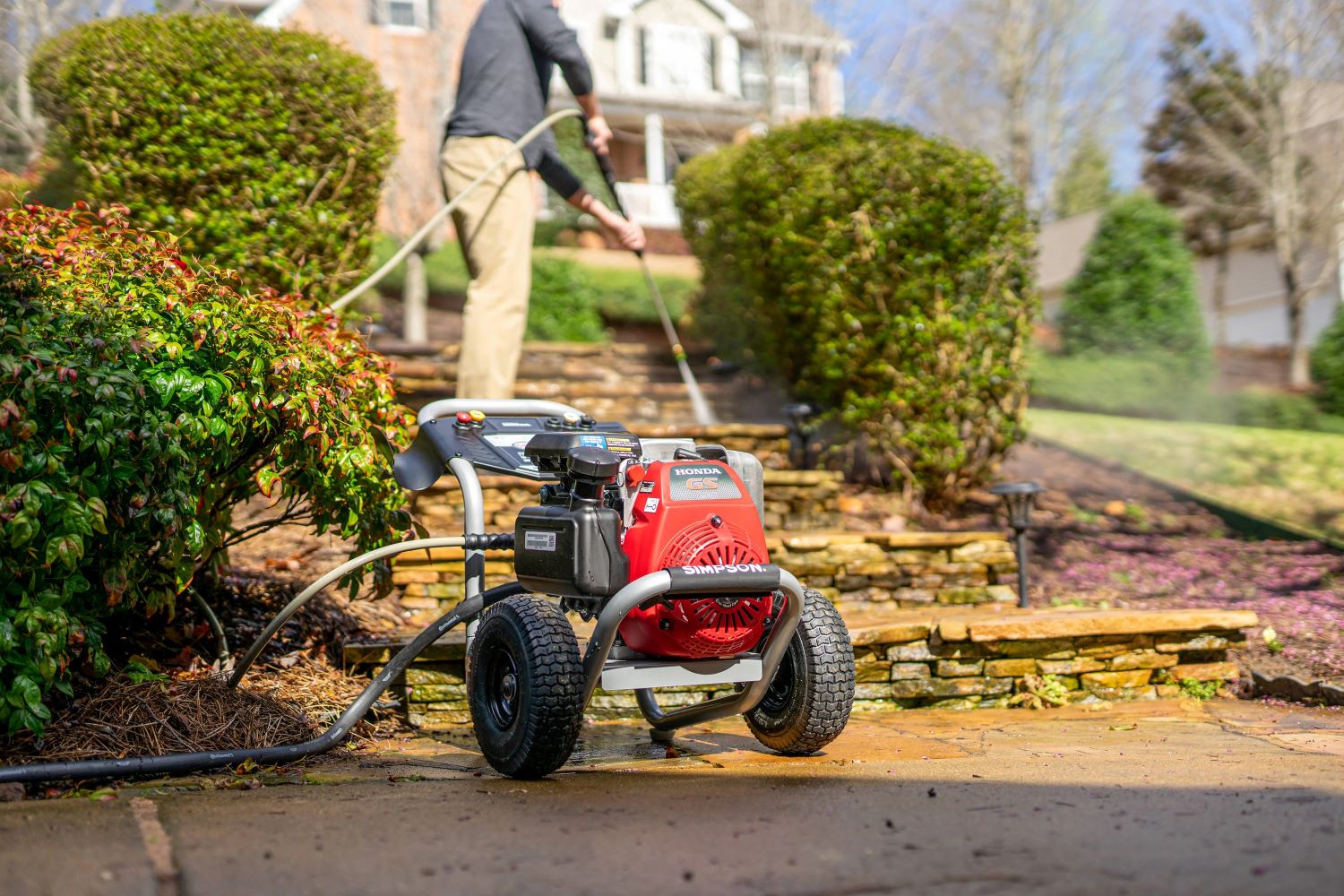
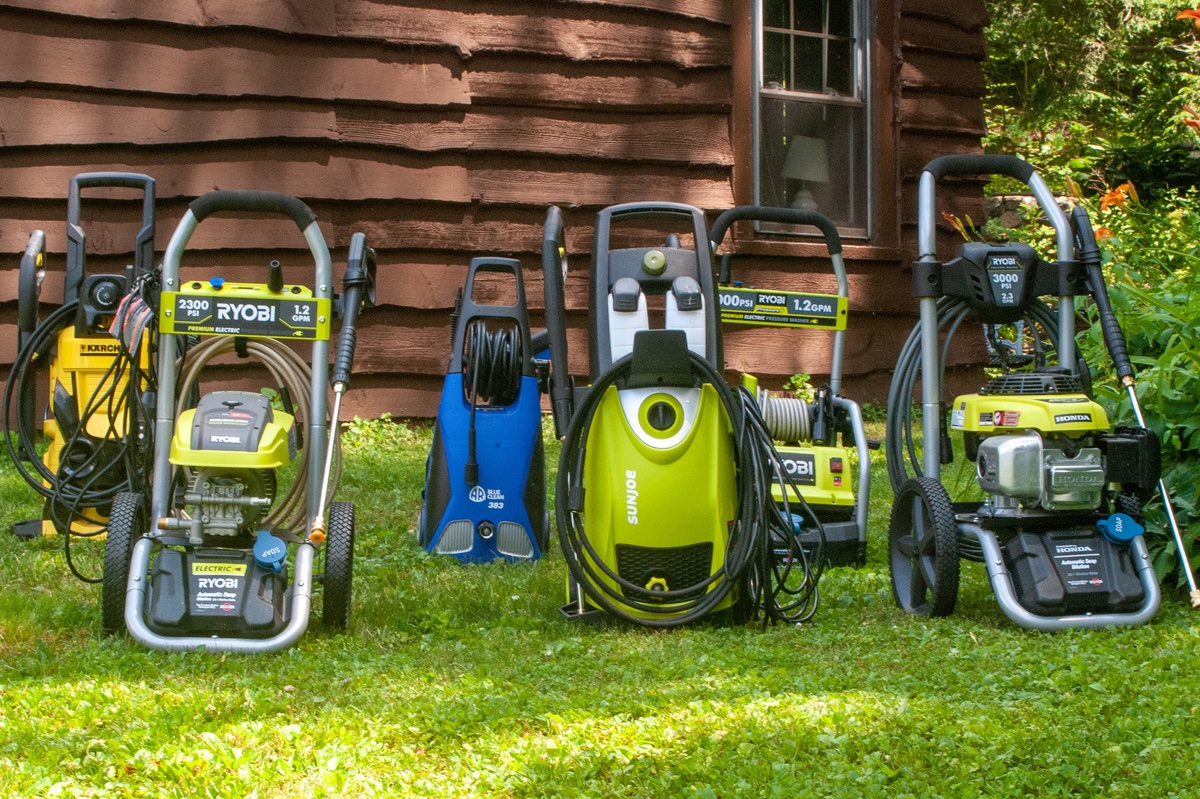
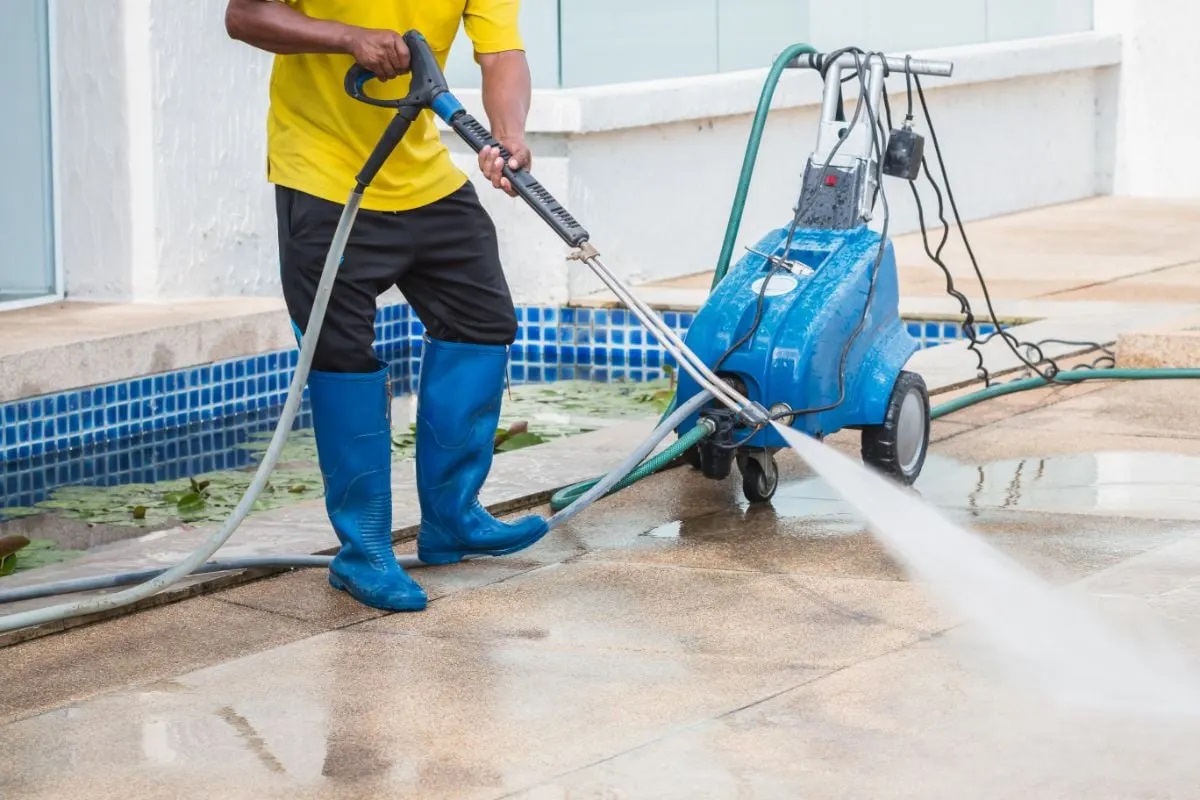

0 thoughts on “How To Start A Gas Power Washer”